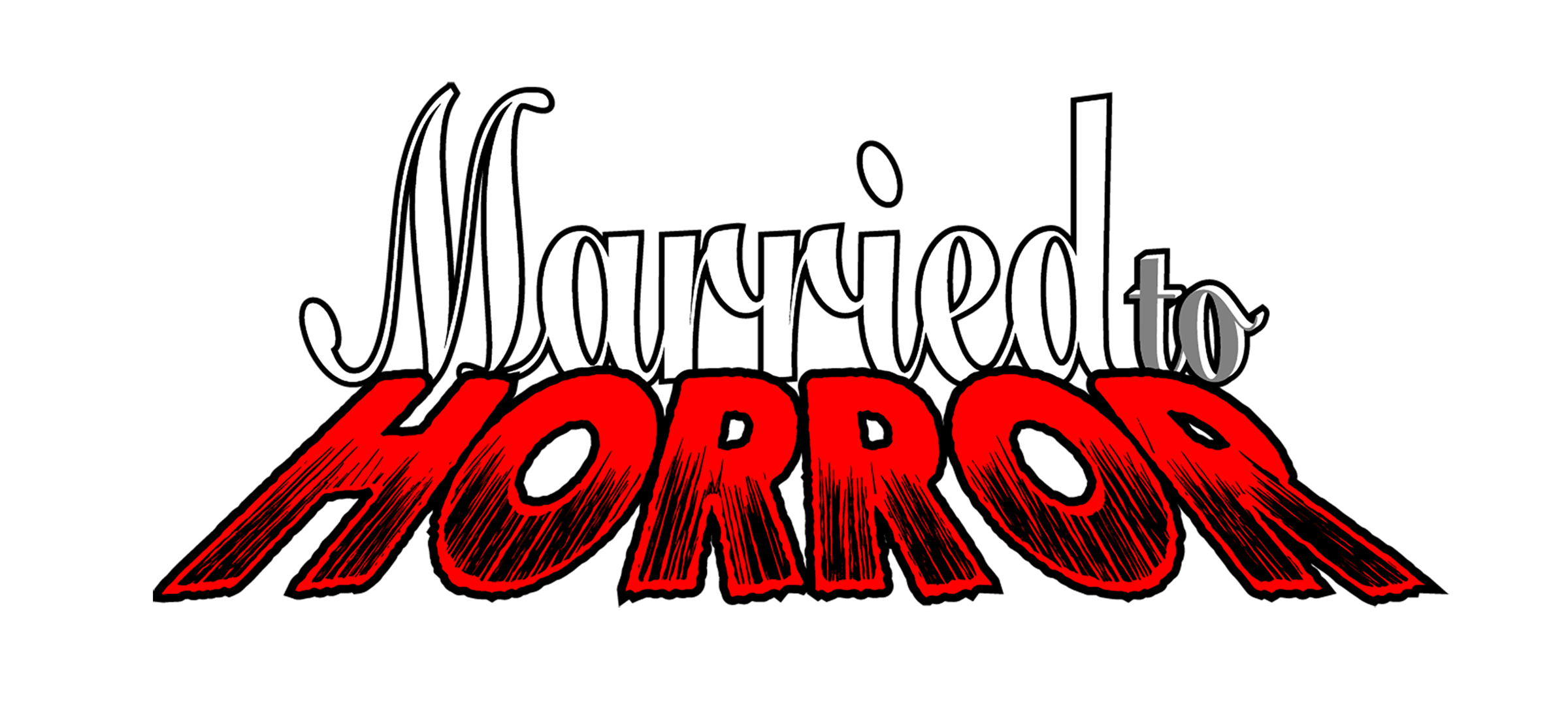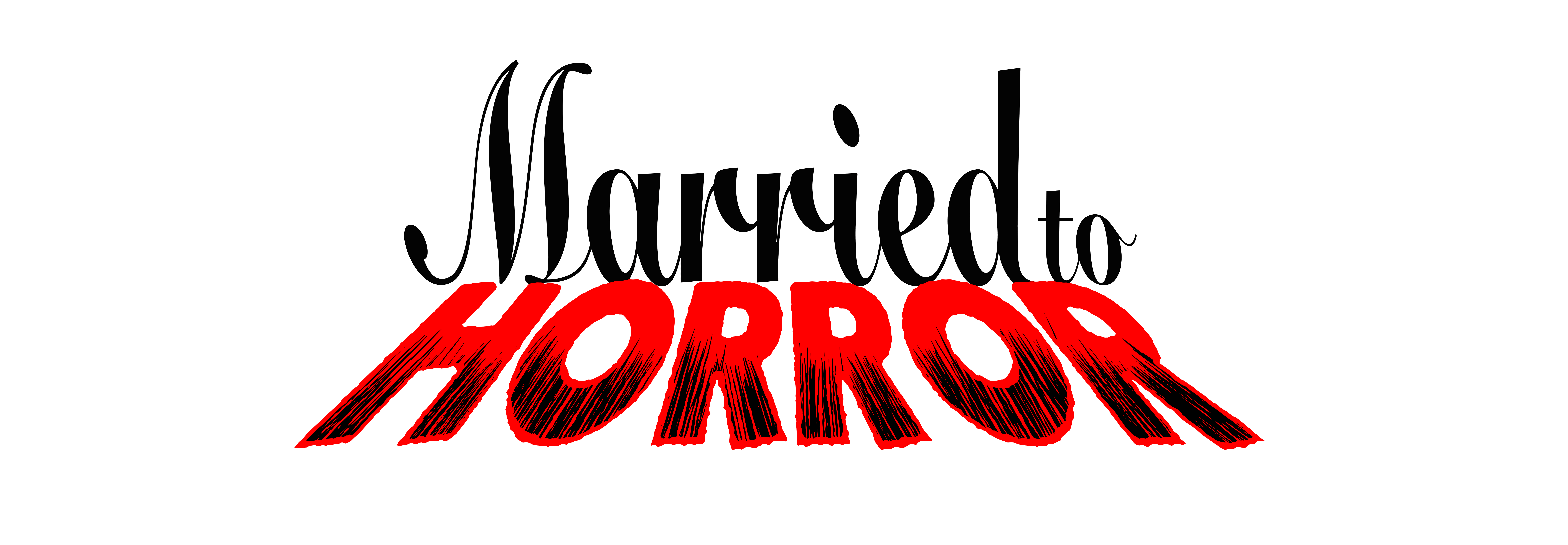Cover image by Michal Franczak and manipulated by MTH
Ominous Sounds: A look back at 80s Synthesized Horror Score and Soundtracks
I was an 80s kid, and it was in the 1980s that I developed my love for horror films. I remember the 1980s as an incredible time to grow up. Things were a bit slower-paced back then. I got to meet up with friends at the mall and watch horror movies at my small but humble local theater, followed by going to a local pizza place and playing arcade games.

My fondest memory of this era was going into a mom-and-pop video store and scouring the beautiful collection of VHS tapes in the horror section, looking for my fun weekend of horror movie watching. You always knew a good video store by the size of its horror section. I rented so many horror films and, though I was underage, I had a teenage employee tell me, “You are going to love this one” or “This was not as good as the first “Sleepaway Camp.” It was indeed one of the highlights of my week.
My parents first got cable in the mid-1980s, and it became my goldmine. MY PARENTS GOT CABLE! A world of Horror films opened up for me. Sure, I could rent “Friday the 13th,” “Hellraiser,” “A Nightmare on Elm Street,” and all the greats, but a whole world of lesser-known horror flicks became available. It was the Netflix of the 1980s. I just had to set the VHS to a timer to record what I wanted to watch. I like how you still had to work for your entertainment back then.
I am a musician/composer by trade. I have been composing music for television since 1999, which led me to compose scores for video games and, eventually, all media, including podcasts and YouTube videos. As a passion project, I composed two retro horror soundtracks to emulate the vibe and sounds of the beautiful synthesizers from that era. More on that in a bit.
Here are the links to the two soundtracks to hear how they turned out
for yourself!
“Everetteville: Halloween 1983”
“Everetteville: Halloween 1984”
Why all the fuss about these retro analog synth scores in Horror films of the 80s?
I hold the old 1980s horror film synth scores dear to my heart.
Many horror film music composers in the 1980s used synthesizers for scoring these films because horror films in the 1980s often had a minimal budget, and scoring a film with synthesizers saved a lot of money. They still had to rent studio time to record these scores, but it was much cheaper than paying for and recording an entire orchestra. There were a few exceptions, like the classic film “Hellraiser,” in which the great composer Christopher Young had a budget to do a more traditional Hollywood orchestral score. The result is the sounds and tones that defined that era of Horror films.


Let’s get into the synthesizers used during this exploding era of the horror genre…
Perhaps the most iconic synthesizer of the time was the Roland Jupiter.

If you are a fan of the iconic Halloween 1978 theme, you will hear this synth used by the great John Carpenter. The Prophet-5 was also a favorite and iconic synthesizer. These were two of the earliest polyphonic synthesizers. The term “polyphonic” simply means you could play more than one note at a time, versus “mono” synthesizers, where only one note could be played at a time. The mono synthesizers were often used for those deep analog bass sounds.



Returning to the Halloween Theme, the Prophet-5 created that excellent ominous analog bass sound supporting the main riff in a 5/4-time signature. A little fun fact is that John Carpenter created this theme from a 5/4-time bongo pattern that he learned from his music teacher at the time. He just transferred the rhythm from his bongos to those iconic notes we hear in the theme. A 5/4-time signature is an odd-time signature that can sometimes put the listener a little out of balance.
Also, what makes the actual note pattern of the Halloween theme so creepy is the use of a half-step interval which creates a minor second interval or “m2.” In this case, the minor second interval occurs between the scale’s flat 6 note and the 5 note. In Western music, we have 12 tones or 12 half steps. Without getting too much into music theory, half steps or minor 2nds are very dissonant. In contrast, whole steps, which are two half steps, are more consonant. Here are the note patterns used in the Halloween Theme. See example 1:

The main takeaway is that a minor 2nd can be very dissonant if used correctly and that dissonance can be utilized in a horror score to make the listener tense and uneasy.

John Carpenter created the drums using a Roland TR-808 drum machine which can be heard in many of the horror films in the 80s. Other famous synthesizers include the Yamaha DX7 keyboard as well as the Oberheim OB-SX and Roland Juno-106, famously used in the music score for “A Nightmare on Elm Street,” composed by the great Charles Bernstein.
Perhaps one of my favorite horror films of all time is “Phantasm” (1979), by director Don Coscarelli, who also directed a cult favorite, “Bubba Ho-Tep,” starring Bruce Campbell of “The Evil Dead.”



The Phantasm theme is a favorite of mine. It was composed by Fred Myrow and Malcolm Seagrave. The Minimoog, Arp Odyssey, and Mellotron (utilizing the flute and haunting choir sounds) were used to create this creepy and suspenseful iconic theme and score, which I find underrated. The sounds of these analog synths in Phantasm are so very ominous. We see again the utilization of the flat 6 or half-step interval between notes B and C, which creates that dissonant minor 2nd interval. Are you noticing a pattern at this point? Here are the first three notes of the Phantasm theme song in Example 2:

The dark and ominous synth sounds, plus various percussion elements, gave the Phantasm score a rather fitting alien-like feel and a hypnotic and unsettling mood that fit the underscore of perhaps one of the strangest and most unconventional horror stories of all time. The music was recorded in a small music recording studio in Long Beach, California.
As a side note, Phantasm has five installments. I recommend watching all the movies in order. Part three is my least favorite, so I would call that one “less rad.”

One of my favorite retro horror soundtracks is from a horror/comedy film called “Brain Damage” from 1988, starring Rick Hearst and directed by Frank Henenlotter. This is not a well-known horror film, but it is probably well-known to older horror aficionados. It is a wonderful zany ride that reminds me of a Sam Raimi horror film. It is one of the best 80s horror film scores that utilizes many of these retro synthesizers we discussed. I’d highly recommend this film just to hear the music score composed by Gus Russo. I would go so far as to say, “It’s totally rad!” You can listen to this soundtrack on Spotify.
Why did these analog synthesizers define an era of horror films, and why did they add to the darkness and creepiness of these films?
It’s simple. It was a combination of the sounds from these analog synths and the dissonance in the intervals used in the music compositions.
These old synthesizers’ sounds defined the horror genre ambiance from the late 1970s through the 1980s. The sounds became a subtle background character to all these films. These synthesizers could create very unsettling analog tones that could really get under your skin, especially with the right combination of dissonance created by these minor 2nd intervals. Don’t get me wrong; these synths could also sound bright and happy. In the horror genre, the dissonant notes with the horror imagery and haunting melodies made the analog synths sound incredibly dark and eerie.
Most of the films I have mentioned have memorable melodies that stick and become iconic. In other cases, the vintage synthesizers created eerie, dissonant drones designed to make the listener uncomfortable. Eighty-five percent of the horror films of this era were scored solely with analog synths, creating an underbed of sounds intended to keep the listener on edge.
In a way, it was a good thing that these horror movies had low budgets because we got a beautiful sound pallet of ominous analog magnificence that defined an era of horror! While keeping the music budgets low, this also meant that more horror films could be made. As more horror films were being made, the horror genre continually grew to what it is today.


Millie Bobby Brown

The 1980s horror sounds are still prevalent, as we have heard them all throughout the main theme song and score of Stranger Things. The Duffer Brothers are a few lucky ones with some of these retro synths in physical form. In the main theme, the Duffer Brothers utilize an arpeggiator, so they just hold a chord pattern, and the synth plays the notes in a sequence. Remember that flat 6 or half-step interval from the Halloween and the Phantasm theme? The Duffer Brothers employ this same technique to give it that ominous push along with that tremendous old, dark analog sound.
Can you still buy these old synthesizers?
These retro synthesizers are no longer in production. So, you must first find one that someone is willing to sell. And they are extremely expensive due to their rarity. They also take up a lot of space, and they must be calibrated often. I have a fairly good size music studio, but I need the funds and the space for some of these old greats in physical form.
Many replica models have been created over the years and are impressive at capturing the old analog sounds. However, many replicas have digital components, so they are not 100% analog. These, too, can be rather expensive. People that invest in these physical synths generally work on a modular basis where they add components as they go. Some modular setups are very impressive.

Luckily, I invested in the Arturia V Collection, which has virtual instruments based on the modeling of these old synths in plugin form. They are excellent representations of the physical synths but in a virtual instrument form. You can listen to my two soundtracks to hear this synth collection in action. I used only the Arturia V synth collection, which includes all the drums and percussion, and I was very pleased with the result.
If we didn’t have these virtual instruments from Arturia and other software companies and physical replicas, many of these beautiful analog sounds would be lost forever. So right now, it is the best we can do to preserve the legacy of these old synthesizers. The people who own the original synths are lucky and often exceptional caretakers. It is nice to see people still strive to use these old sounds in their modern works.
Perhaps there is a little 80s in us all, even if you did not grow up in that era.

About the author
Besides Michael’s music, you can check out his YouTube Channels. One is devoted to music production, and the other is dedicated to all things Horror, with an occasional smattering of video games.
Music Production Channel: https://www.youtube.com/@blueroadhome
Horror Channel: https://www.youtube.com/@chronocabin
More from Married to Horror
Find more general Married to Horror selections by checking out our recommendations, lists and take a peek at our Master Watch List where you can find an array of horror films sorted by title, platform, rating, and more.
Enjoy this retrospective? Comment below or email us at contact@marriedtohorror.com! You can also follow our Facebook group Married to Horror and follow us on Twitter and Instagram @marriedtohorror.








